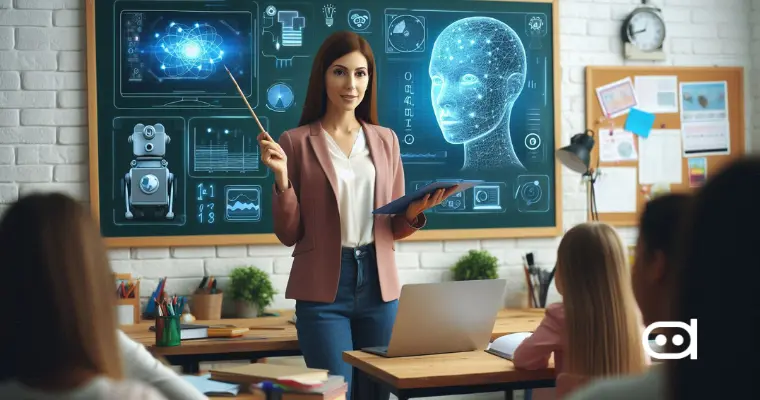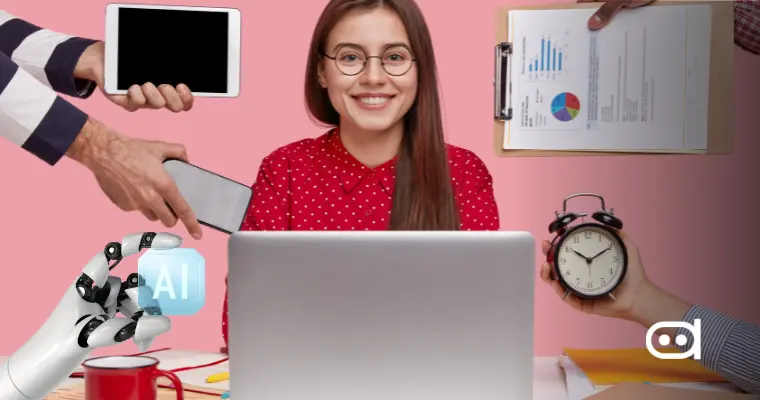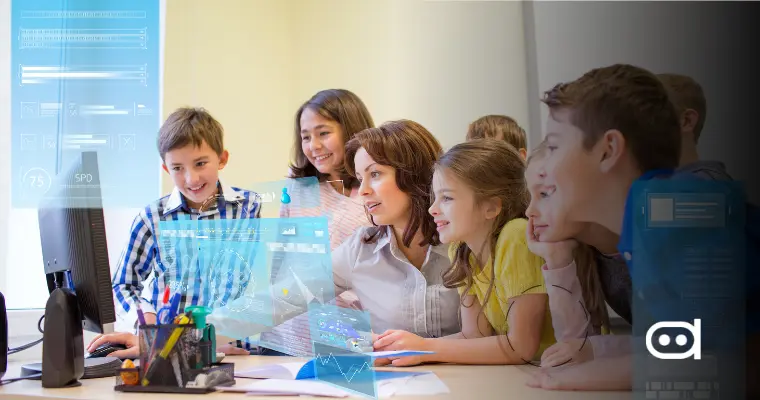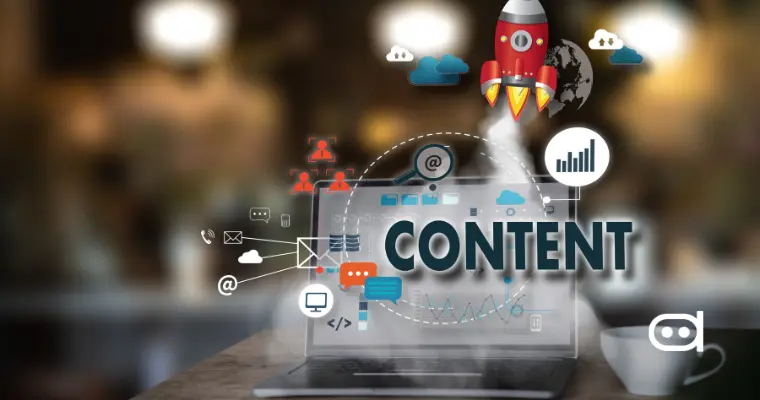
AI in education is transforming the entire system that teachers utilize to run their classrooms and teach. AI has emerged as an invaluable ally for educators by automating routine tasks, making administrative processes efficient, and offering personalized learning tools. This article explores how AI changes teaching practices, adds time-saving techniques for educators, and also focuses on its challenges and limitations in the classroom.
The Role of AI in Modern Classrooms
Educational institutions are widely implementing AI to enhance the learning experience. Modern classrooms should be capable of becoming not only more efficient but also more active as a result of AI software that assists teachers in managing their demanding workloads. Given the growing prominence of AI, there is also an increase in AI teacher jobs. AI is altering the job market, boosting the demand for AI and related professionals.
Enhancing Efficiency in Administrative Tasks
AI will play a crucial role in education by alleviating and facilitating administrative functions. With the help of numerous AI-powered technologies, time-consuming tasks can be completed incredibly fast and accurately.
From attendance records to personalized student support, AI provides educators with the necessary solutions to effectively manage administrative duties. AI brings with it educational tools for teachers that facilitate personalized teaching approaches, manage the processing of huge amounts of data, and address repetitive data analysis. Teachers can facilitate a more profound learning experience by automating manual and time-consuming functions, allowing them to devote the majority of their time to their students.
Automating Attendance and Grading
Going by the current scenario, manual attendance tracking wastes a lot of teaching time when it comes to larger groups. Nowadays classrooms come equipped with the best AI tools for educators that have the potential to seamlessly integrate with attendance systems through facial recognition or RFID technology. This type of system automatically flags a student as either present or absent, freeing up the staff to focus on teaching.
AI for teachers has significantly transformed another time-consuming and crucial task—grading. An AI grading system can evaluate quizzes, multiple-choice tests, and even some written assignments in a matter of minutes. As a result, the time that would have been spent grading could now be allocated to design lesson plans or address individual student needs.
Streamlining Communication with Students
AI-based messaging systems have been effective in making the communication process simple and understandable between teachers and students. Such systems send real-time updates as reminders about classes, assignments, or upcoming exam dates, ensuring students don’t miss any important information. AI chatbots serve as an efficient educational tool for teachers, typically providing predetermined answers to frequently asked questions such as “When is the next test?” or “What is the homework for today?” Chatbots reduce the communication burden on teachers by allowing them to deal with more specialized queries.
How AI Supports Teachers in Their Professional Growth
Artificial intelligence, apart from the classroom, is also an important part of the teacher’s professional growth. Platforms such as Coursera, Khan Academy, and edX have massive, AI-driven courses for better teaching practice. These platforms work with the teacher’s individual learning process by customizing the style in which they grasp knowledge according to their speed, interests, and goals. They can be well-informed about the current trends and techniques in education by taking AI-enabled courses and certifications. This continuous channel of information also ensures teachers remain very effective and confident in this constantly evolving world of education.
Automating Routine Classroom Tasks
Classroom management is extremely repetitive and often eats up instructional time. Nowadays, AI teaching tools are being employed in automating functions like assigning homework, monitoring progress, and keeping basic education records. Integrating AI tools in the classroom frees up time for teachers to instead do something creative and rewarding.
AI-Assisted Lesson Planning
Designing engaging, efficient lesson plans is extremely time-consuming, and AI tools are helping transform this part of the teaching process as well. These AI-powered insights give content and resource suggestions based on analysis of curriculum specifications, student performance data against learning objectives, and more such criteria.
For example, AI platforms like TeacherMatic or Planboard create personalized lesson ideas that address different kinds of learners while matching the syllabus. Teaching professionals can thus use AI for planning so that their classes are interactive, engaging, and focused on the learners.
Addressing Challenges and the Future of AI in Education
Despite the numerous educational benefits of using AI in the classroom, we cannot ignore the associated challenges. Knowing these challenges will help teachers and policymakers to ensure remedial measures and solutions that allow the effective use of AI in education. Let’s explore the challenges of AI implementation as well as the future potential of the technology for teachers.
Potential Challenges in AI Implementation
Data Privacy: Large quantities of student data are required by AI systems to work soundly. Schools and institutions should make provisions to protect this data.
Access to Technology: Not every school has access to adequate resources to install and implement AI tools. This may lead to inequalities within the education sector.
Training Needs: Teachers must receive sufficient training on how to effectively employ AI teaching tools. Without the proper support, educators may encounter numerous obstacles when attempting to integrate these tools into their workflow.
Future Potential of AI for Teachers
AI has still not exhausted its potential in the education sector. Newer technologies, like adaptive learning systems, predictive analytics, and immersive tools like augmented reality (AR) and virtual reality (VR), might create a paradigm shift in teaching practice.
For example, predictive analytics can help teachers determine which students are at high risk of failing, thus allowing timely intervention. Similarly, adaptive learning systems can tailor their content to each individual learner’s progress, enabling them to reach their full potential. Such innovations will mark the beginning of a future classroom where teaching becomes more effective and inclusive as well.
Conclusion
AI is making a major difference in the field of education by increasing the support it provides to teachers. From taking attendance and grading to effective communication and lesson planning, AI helps teachers dedicate more time to their students and teaching. Educators must utilize AI with the understanding that the innovations are not intended to replace them but rather to assist them in fulfilling their responsibilities. Overcoming implementation challenges and embracing future developments will present the education sector with numerous opportunities to create efficient, inclusive, and inspiring classrooms using AI.









